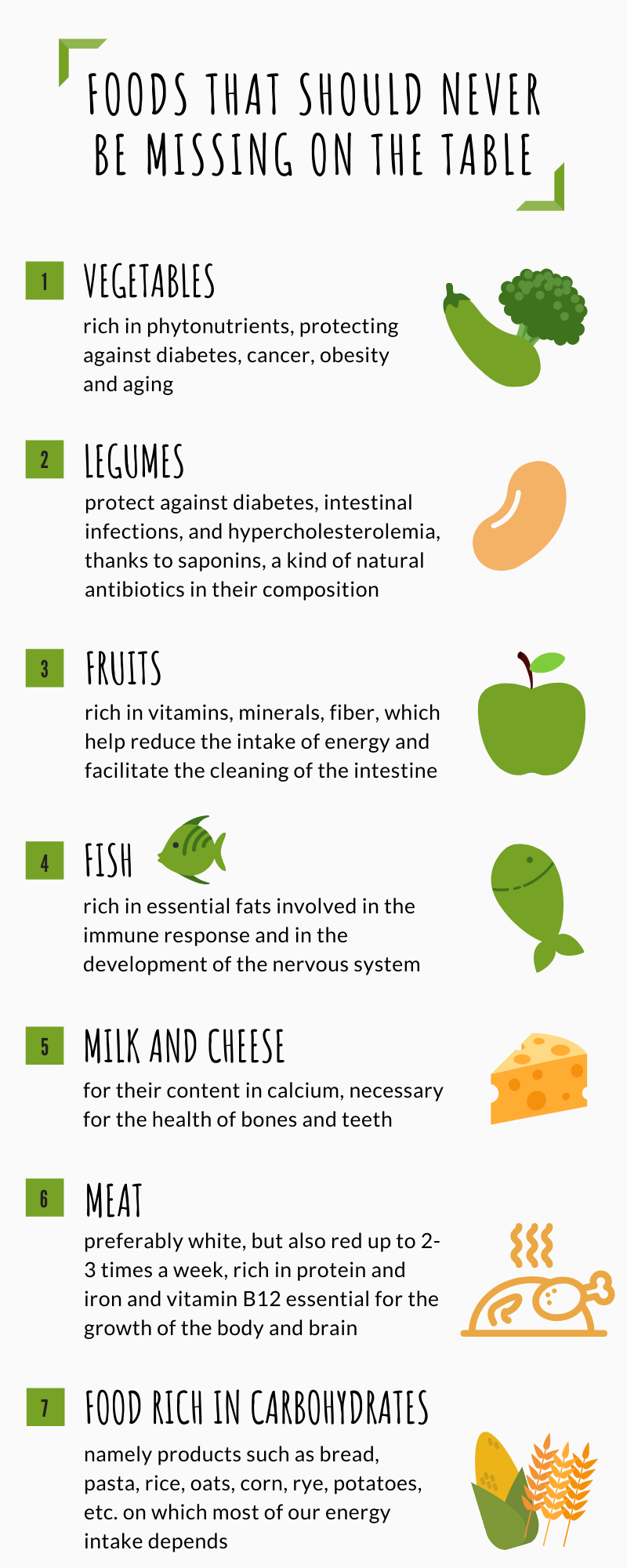Healthy Eating – Food Quality

When we eat, we eat out of hunger, which regulates the amount of food we eat. Also, we eat out of taste, which regulates the quality of the food we eat. Taste is mainly regulated by specific receptors placed on the tongue. Since the age of stone, we are predisposed to like the sweet taste, the fatty taste, and the umami one, which presents in food that is rich in proteins. Since the beginning of history, all these receptors have allowed people to recognise immediately all those foods rich in energy or essential mineral salts and to appreciate them.
On the other hand, we also have receptors for bitter and acid tastes, which instead make us dislike foods that are rich in them. It is because the dislikes of bitterness served to protect the body from the ingestion of toxic substances, while that of acid allowed us to promptly recognize deteriorated foods. But acid and bitter are also the tastes of many vegetables that are not toxic at all, yet simply poor in energy, while they are rich in antioxidants that protect against aging and cell degeneration.
However, the receptors alone are not responsible for our choice. The liking of a food also depends largely on the habit of seeing it and eating it. Indeed, a food needs at least 8-10 repeated tastings in a short time to be recognized and appreciated by the receptors.
If we want to be healthy and not to develop the chronic-degenerative diseases such as obesity, diabetes and even some types of cancer, we must learn to like these flavours (bitter and acid) that protect our health.
